Witherford Watson Mann’s Appleby Blue scheme shows how thoughtful design can help us age well, strengthen communities and rethink how generations live together, says Ben Flatman
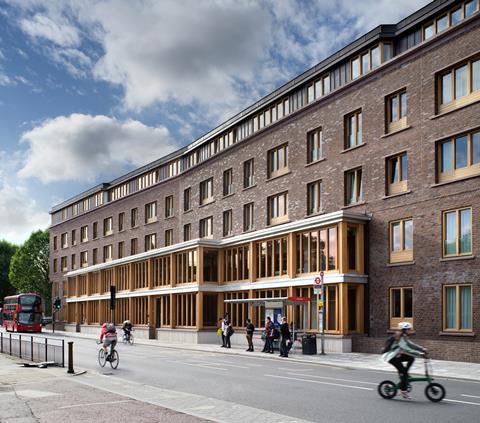
Appleby Blue is a deserving Stirling Prize winner. Witherford Watson Mann’s project for United St Saviour’s Charity is beautifully conceived and finely executed, its palette of materials creating a domestic warmth rarely achieved in later-life accommodation of this scale.
It accommodates 57 one-bedroom flats arranged around a courtyard, with shared spaces that are also accessible to the wider community. From the street, Appleby Blue presents a confident, even austere face, all brick, in keeping with London’s prevailing new vernacular.
This urban presence feels rooted in a long tradition. Appleby Blue channels the mansion block, that most respectable and overlooked of British typologies.
Solid, well-mannered and small-c conservative, it reconciles density with respect for the neighbours, stepping down from the main road as it meets the residential side streets.
Step inside and the tone changes. Behind the brick exterior lies a calm courtyard, lined with timber and filled with plants and light. Access galleries are wide and social, with planters and benches encouraging residents to pause and talk.
A large window on the street fronts a communal hall and kitchen open to local groups, creating a connection between residents and the surrounding neighbourhood. The building succeeds in being both private and open, domestic and civic.
This is precisely the sort of later-life accommodation that Britain so urgently needs. As Appleby Blue and other recent exemplars such as Mæ’s Daventry House recognise, many older people do not want to be removed from the rhythms of everyday life. They want proximity to the street, the chance to observe or join in, to remain embedded in the neighbourhoods where they have built their lives.
Appleby Blue’s success lies in demonstrating that housing for older residents can be urban, community-focused and desirable
Appleby Blue is a brilliant demonstration of how to do later-life living better. But, with its invitation to intergenerational mixing, it should also prompt us to think more ambitiously about what comes next.
It is often pointed out that a significant contributing factor to the UK housing crisis is the poor allocation of housing. The problem is not simply a shortage of homes but a shortage of suitable ones. The UK’s dysfunctional market and tax system offer little incentive for people to move in later life.
Family houses remain occupied long after children have left, while younger families struggle in cramped homes. Schemes like Appleby Blue show that there can be attractive alternatives, homes that older people actively want to move to rather than feel forced into.
What is needed is a wider variety of smaller, appealing homes within established neighbourhoods, designed so that they sit naturally among existing and new developments. As well as standalone “later-life” complexes, we should be integrating small clusters of well-designed dwellings that are suitable for older residents but attractive to everyone.
These homes should offer good access and quality, without signalling withdrawal from everyday life. More variety of housing in places where people already want to live, and which feels aspirational rather than institutional, would allow more of us to downsize without losing connection to our communities or a sense of independence.
Britain also needs to move beyond the notion that certain types of housing are “for the elderly” and others “for the young”. Later-life accommodation can take many forms, including hybrid models like Satish Jassal Architect’s Rowan Court in Haringey, where family maisonettes sit above single-bedroom apartments suitable for older relatives.
Britain’s diverse population is crying out for more integrated and flexible housing. Bringing people of different ages into closer proximity can generate mutual benefit, informal childcare, companionship and shared knowledge.
Appleby Blue’s success lies in demonstrating that housing for older residents can be urban, community-focused and desirable. The building also hints at how we might begin to rebalance the wider housing system.
By enticing older residents out of family homes into purpose-designed accommodation, it can help to release larger properties for younger households, a chain reaction of social and spatial renewal. It also opens the possibility of rebalancing how generations live together, encouraging a richer mix of ages within neighbourhoods and helping to rebuild the informal social networks that once connected young and old more naturally.
At its best, the Stirling Prize celebrates buildings that push the profession to think beyond form and into the realm of social purpose. Appleby Blue does precisely that. It offers a humane and elegant answer to one of our greatest collective challenges, and a reminder that good architecture can still change how we live together for the better.
Postscript
Ben Flatman is Building Design’s architectural editor.


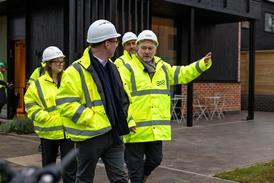
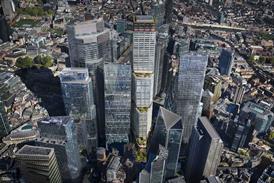
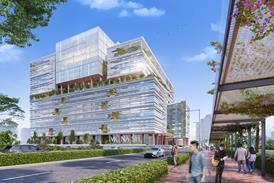
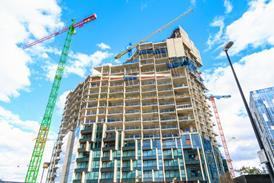


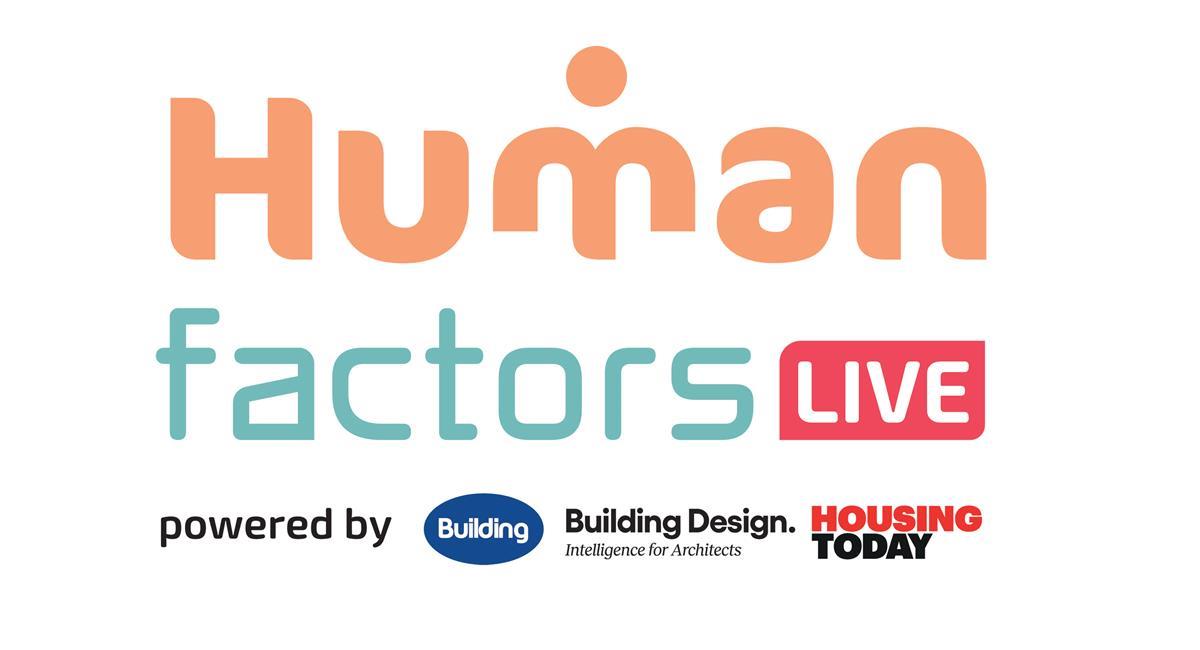
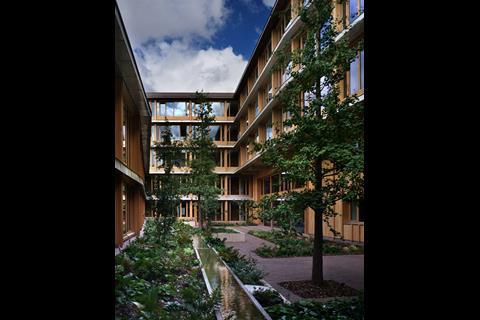
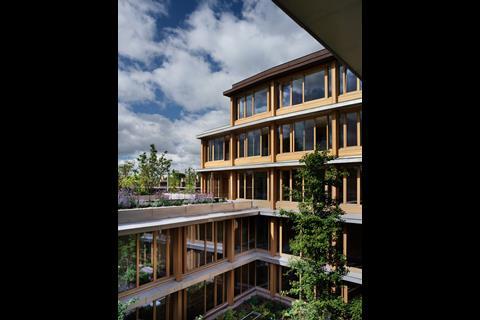
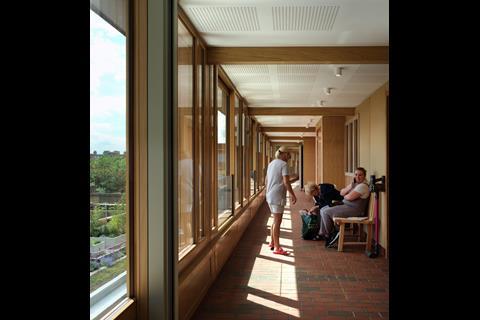
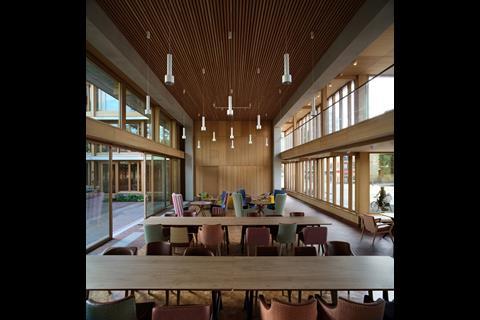
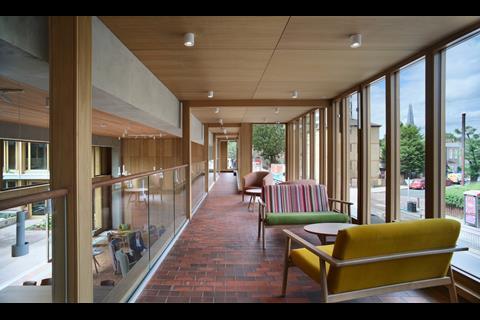
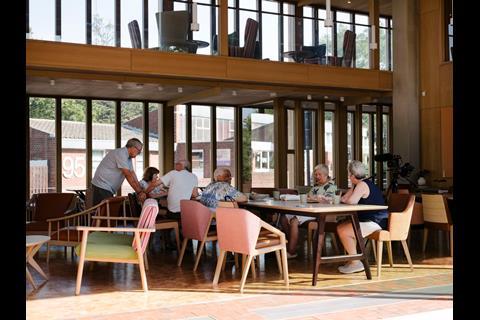







1 Readers' comment